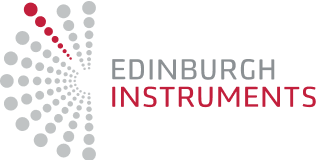June 6, 2024
This Research Highlight focuses on the work of our RMS1000 users at Nankai University, who recently published their results in the Journal of Materials Chemistry A. They showed how operando Raman microscopy can be used to link the electrochemical performance of novel water-splitting catalysts with information about active site chemistry.
May 30, 2024
This Research Highlight showcases the recently published results in Analytical Chemistry of our customers from Hunan University, who used the FS5 to facilitate their research on the characterisation of genetically encoded RNA sensors.
May 23, 2024
This Research Highlight showcases the recently published results in Nature Communications of our customers from Tsinghua University who used the FS5, FLS and LP980 spectrometers to facilitate their research in OLED technology.
May 8, 2024
This Application Note demonstrates Raman and PL characterisation and imaging of a GaN device using an Edinburgh Instruments RMS1000 Confocal Microscope. It is shown that both optical techniques are sensitive to even the most subtle changes in the material and that when coupled to a microscope, the spatial resolution of different states within the material is possible.
May 2, 2024
Fluorescence quenching is the decrease in fluorescence intensity of an emitter due to interaction with a quencher.
April 17, 2024
Here, the IR5 FTIR Spectrometer is used to demonstrate the versatility and practicality of FTIR spectroscopy in the field of food science and technology. Specifically, when combined with a heated Attenuated Total Reflectance (ATR) accessory it highlights the instrument's capability to analyse complex lipid such as butter.
March 12, 2024
This application note shows how to assess olive oil quality and quantify adulterants using the DS5 UV-Vis Spectrophotometer.
March 12, 2024
This Application Note demonstrates a complete upconversion luminescence characterisation of upconversion nanoparticles using the Edinburgh Instruments FS5 Spectrofluorometer. The flexible source, detector and sample module upgrade options of the FS5 enables upconversion spectral, lifetime and quantum yield measurements to be performed in a single compact instrument.
March 12, 2024
This Application Note highlights how the FLS1000 Photoluminescence Spectrometer can be optimised for spectral and lifetime measurements in the NIR/MIR spectral region for measuring an Er-based fluoride glass using a 980 nm laser diode and a MIR InAs-3100 detector.
February 20, 2024
In this Application Note, the capability of the RM5 and Ramacle® software for graphene analysis is demonstrated by mapping the layer number, strain, and defects on graphene films.








